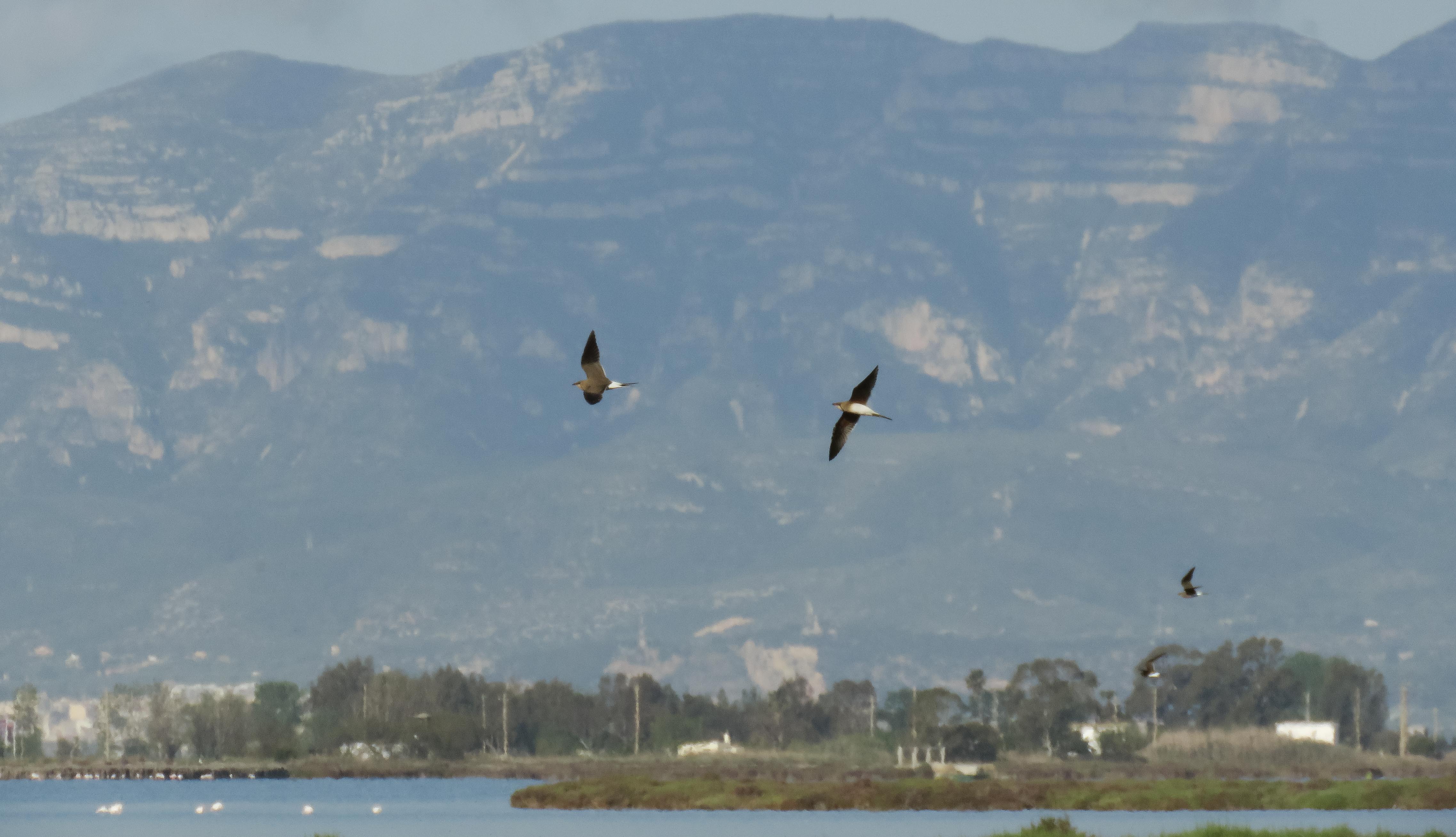Scandinavian Herring Gull 1 adult
Adult winter Scandinavian Herring Gull at Newhaven Harbour
Beachy
Red-breasted Merganser 1W drake
Teal 5E
Fulmar c.12 on sea
Gannet 4
Auk sp. 20E
Black Redstart 1
Song Thrush 2
Goldcrest 1
Goldfinch 10
Siskin 3N
Redpoll 1h
Corn Bunting 1
A very wintry Belle Tout - autumn is over!
Black Redstart at Birling Gap
West Rise Marsh
Aythya resembling an adult female Lesser Scaup 1
Goldeneye 2 juvs.
Merlin 1
Water Rail 1 in flight ex.
Yellow-legged Gull 1 adult ex.
Scandinavian Herring Gull 1 4w
Stonechat 2
A real beauty on an adult Yellow-legged Gull at West Rise Marsh
Fourth-winter Scandinavian Herring Gull at West Rise Marsh
Fourth-winter Scandinavian Herring Gull at West Rise Marsh
Whilst checking the main lake at West Rise Marsh late in the afternoon in overcast grey conditions, a female Aythya was picked out on its own swimming along the edge of the far reeds that I initially identified as a female Scaup, an adult by virtue of its yellow eye. With its white blaze, slightly paler ear-coverts, greyish cast to its mantle and flanks and a gently rounded brown head lacking any hint of a crest or bump on its nape all appeared in order.
It then joined a couple of drake Tufted Ducks and I was surprised that it appeared very similar in size. I didn't have the benefit of a field guide with me, but whilst the Collins Guide suggests there is overlap in size between Scaup and Tufted Duck, to me, Scaup tend to appear larger, far more substantial and larger-headed. This caused me to question as to whether I had definitely eliminated the possibility of it being a female Lesser Scaup or a hybrid... it was also constantly holding its tail 'half-cocked' that I also considered was unusual for a Scaup.
Drake Tufted Duck x Pochard hybrids that resemble Lesser Scaup that I've seen, have shown extensive black tips to their bills often bordered by a pale subterminal band, but this individual's bill did not conform to such a pattern. Its bill appeared quite long, primarily blue, with a black tip restricted pretty much to its nail.
However, I still didn't feel its headshape was consistent with that of a Lesser Scaup as its crown appeared gently rounded and not peaked at the rear. Sibley illustrates the variation in the head shape of both species of Scaup depending on activity, from active to relaxed. Even when alert, as in the (brightened) images below, its head shape didn't seem a good match for Lesser Scaup.
Despite the increasingly poor light and the onset of light rain my interest in it didn't wane and I set about obtaining some digiscoped images despite its distance. Whilst firing off some images trying to sharpen them as best I could by pushing the exposure to get some speed... it raised itself in the water and flapped its wings...
Even viewing on the 'back of the camera' I got something of a shock as its upperwing showed the 'Lesser Scaup pattern' complete with broad white wingbar across its secondaries but then being greyer across its inner primaries and fading away on its outer primaries. I pressed the trigger, screen went black and I hoped for the best! Pressing the review button I was in for another shock as it revealed the bird's striking complex underwing pattern consisting of white lesser coverts, white median coverts, but dark grey bases to its greater coverts - I felt sure I could remember a Birding World article placing importance on just such an underwing pattern when identifying a female Lesser Scaup (see BW 15, No.12 p.506-508)... should I reach for the phone... but then its head still looked rounded, it was getting dark, nobody else could join me in time to see it anyway.
So, the inevitable question is, what is it? Its size, bill, white blaze narrowing at its gape and not extending down below its bill and plumage including wing pattern all do appear consistent with female Lesser Scaup. Therefore, should its unhelpful head shape be enough to count against it? Especially when dealing with Aythyas, and the high incidence of potential hybrid pitfalls, I think everything should 'add up'. In my mind, its head shape causes me enough concern to feel its identity is so far not proven as a Lesser Scaup. There have been similar birds in the UK that have proved problematical before. For example, see:
It is also interesting to compare the West Rise individual with a female Lesser Scaup that I photographed in Sitka, Alaska that neatly portrays the 'taller crowned' profile of the species:
Female Lesser Scaup at Sitka, Alaska May 2008






























